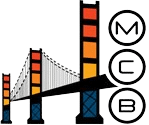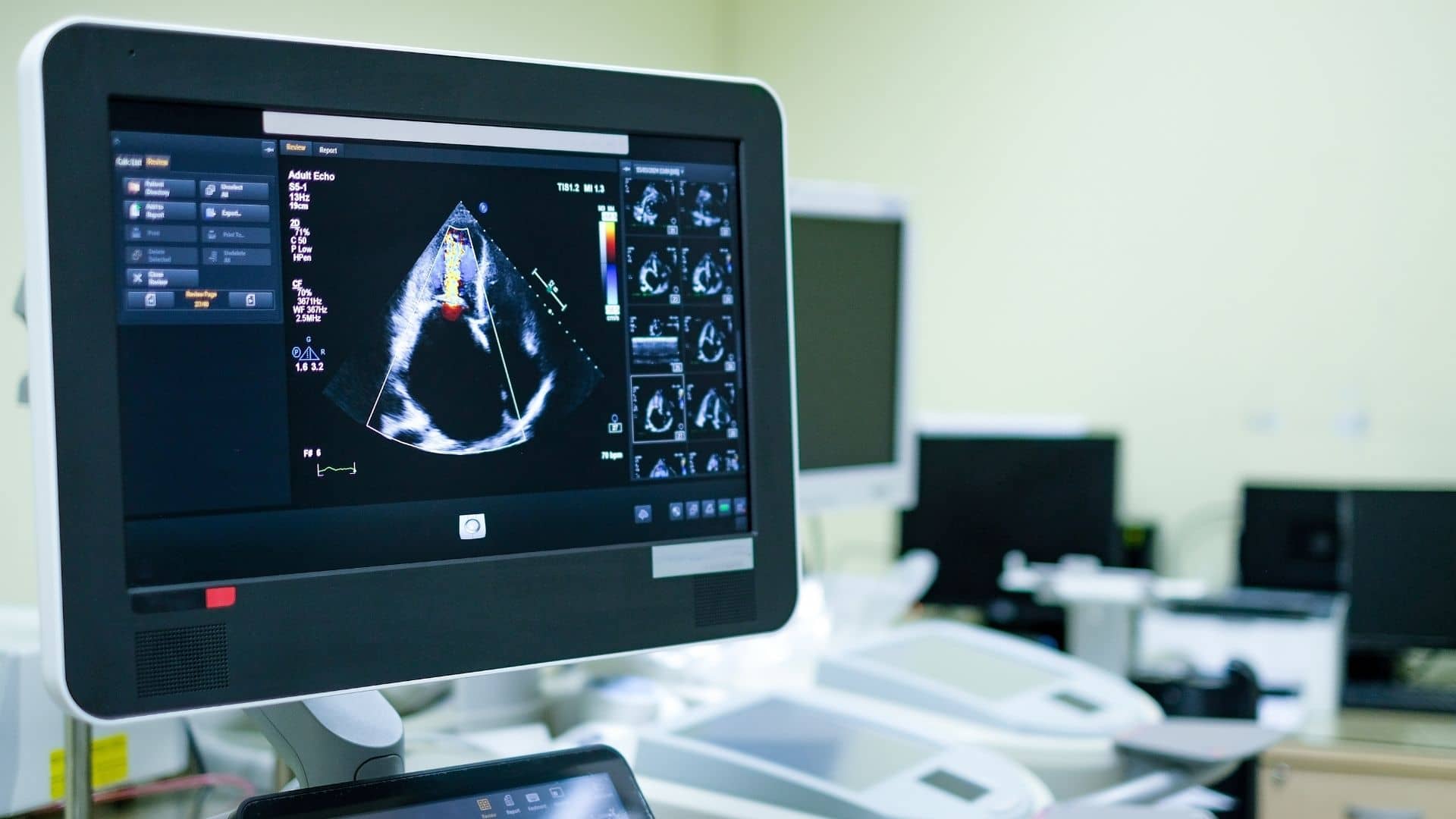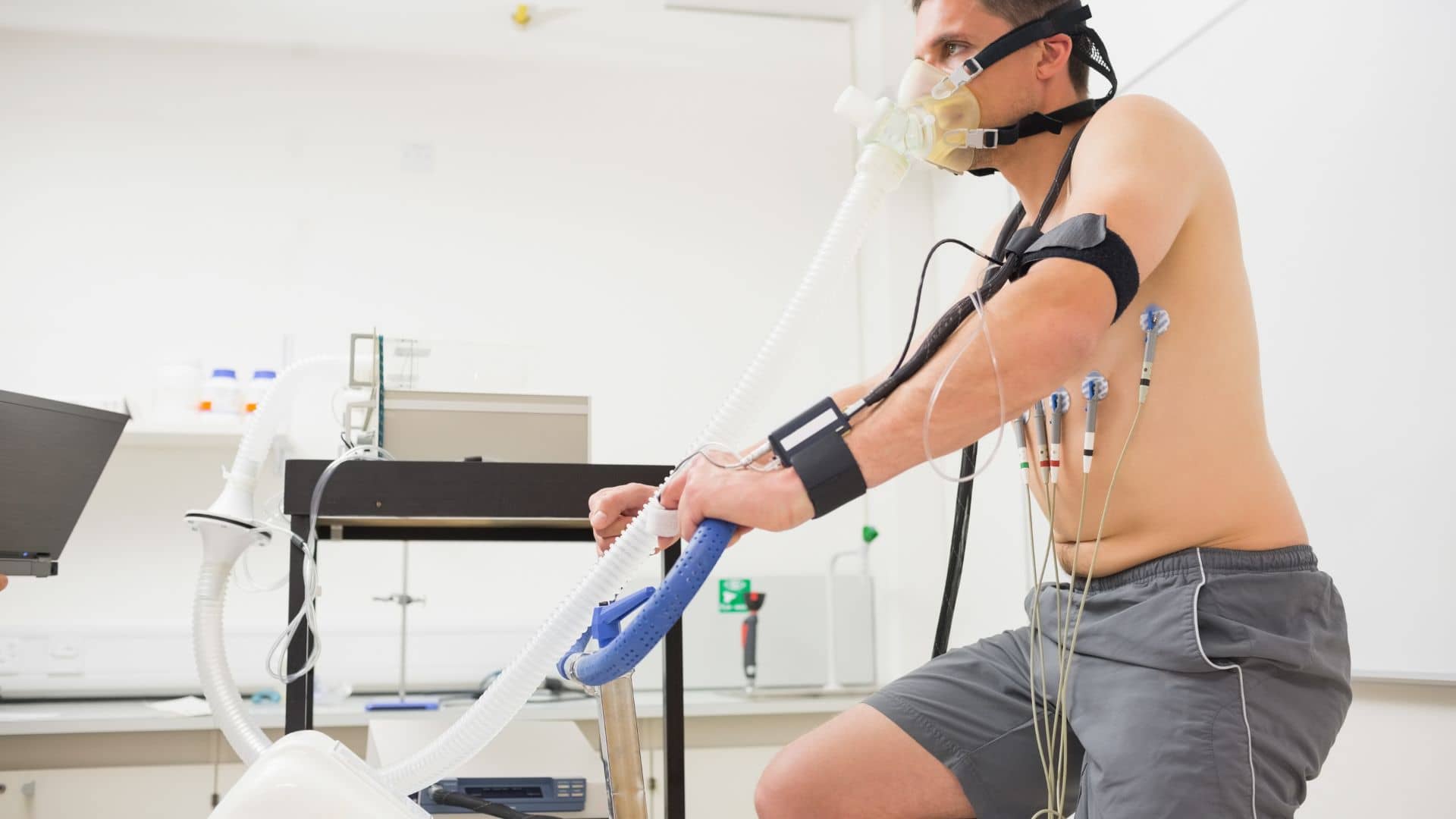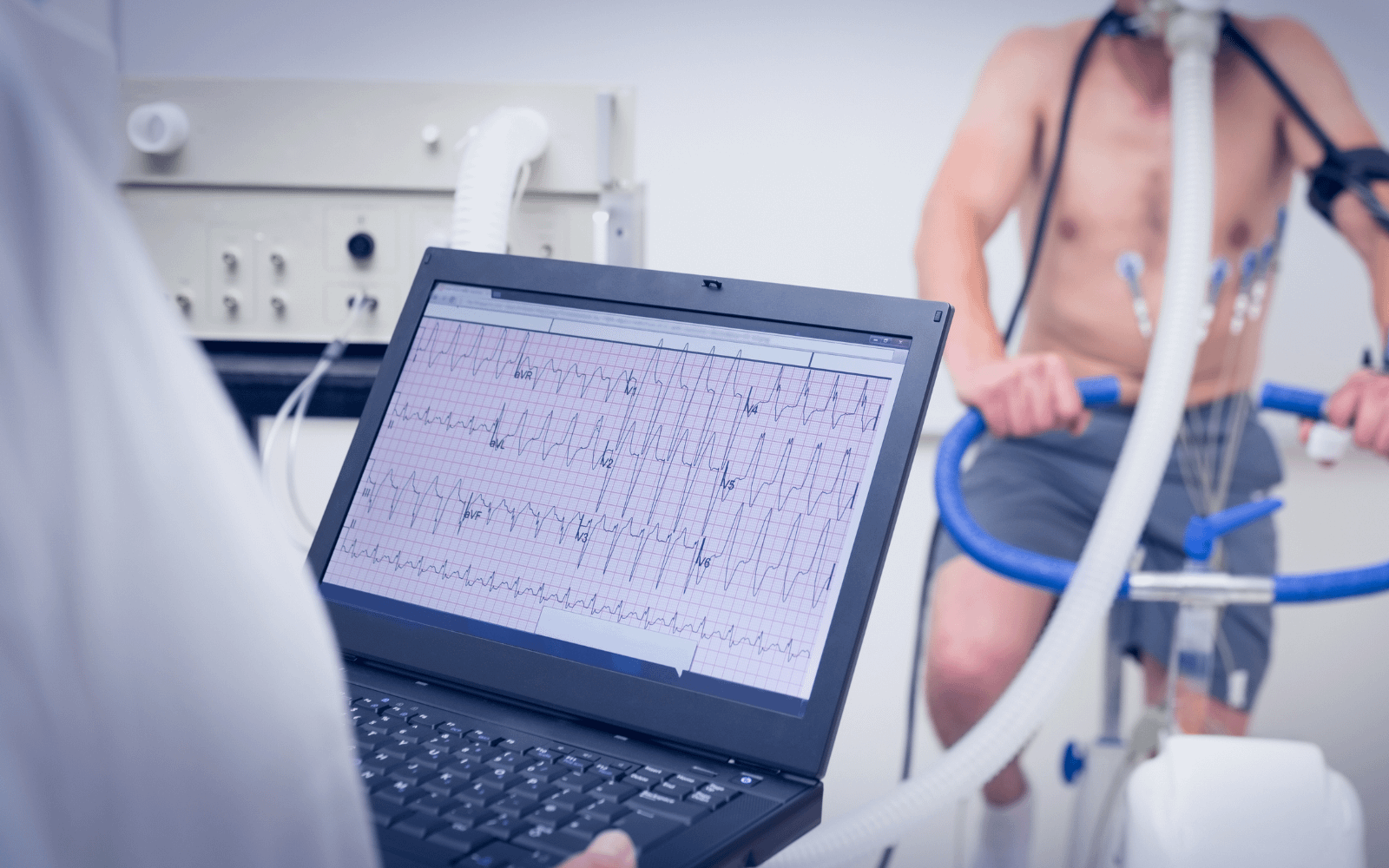There are a number of changes currently going on in the healthcare landscape. It is essential for the healthcare providers and billing professionals to be educated about these changes in order to perform billing accurately and provide reimbursements. In this guide, we will go over the ICD 10 codes mental health and the recent changes made.
We, at MCB, provide you with the best medical billing services and with this guide, you will learn how to use the ICD-10 codes. First, let us learn the importance of ICD-10 codes.
What Are ICD-10 Codes?
ICD-10 codes are sourced from the International Classification of Diseases, 10th Revision. The ICD is a system for coding diagnosed diseases, symptoms, and medical procedures. The codes are published by the World Health Organization and are adapted by medical facilities all over the world. The codes are also used to process medical claims.
List Of ICD 10 Codes Mental Health
It is important to understand the list of codes used for diagnosing different mental health disorders and provide accurate billing. We have categorized the mental health disorders and the codes used to help you understand better.
Anxiety And Related Disorders
Anxiety is a very commonly diagnosed mental health disorder which is why it is important to use the correct and specific ICD-10 diagnostic code to effectively treat the patients. Keep reading below to understand the ICD-10 codes associated with anxiety and other related mental disorders.
F41.1: Generalized Anxiety Disorder
This ICD-10 code represents the condition in which anxiety is generalized and regular however, isn’t too predominant in a particular situation. The symptoms associated with GAD include persistent nervousness, shivering, muscular cramps and tension, perspiration, dizziness, heart palpitations, and epigastric discomfort.
The criteria for GAD is that the anxiety must be pre-existing for at least 6 months and the symptoms are noticeable in a number of events. F41.1 is the most commonly used ICD-10 code. You can read about the criteria for the other codes associated with depression and anxiety, for example, f32.2 and f32.3.
F41.9: Unspecified Anxiety Disorder
F41.9 stands for Unspecified Anxiety Disorder which also can be referred to as Anxiety NOS. NOS stands for Not Otherwise Specified. This code can be used in a circumstance where the client is dealing with a specific category of anxiety but there hasn’t been enough relevant information provided to make an accurate diagnosis.
Using this code will set the medical expectation that a more accurate diagnosis shall be made later on during the course of treatment which shall replace the initial diagnosis. This is not to be confused with the diagnosis code f99, for mental disorders, unspecified.
F41.0: Panic Disorder
This code is used in the situation where there are repeating anxiety attacks which can be termed as “panic attacks”. This disorder or attack is not specific to any particular situation or series of events which is why it could be unpredictable.
Similar to other anxiety disorders, the more evident symptoms are sudden heart palpitations, sharp pain in the chest, choking or suffocation sensations, dizziness, and feelings of depersonalization. Some of the secondary symptoms include the fear of dying, losing control, or the feeling of going mad.
You must remember that this code shall not be given as the main diagnostic code if your client has depression around the time when panic attacks start. In this scenario, this code will come secondary to that of depressive disorder. The F32.0 code is used for depressive disorders.
F42: Obsessive-Compulsive Disorder (OCD)
F42 is allocated to clients with recurrent thoughts of an obsessive or compulsive nature. These obsessional thoughts could be ideas, images, or physical impulses that occur in the patient’s brain on a loop. The patient, in most cases, tries to resist these impulses which over time, leads to distress.
These impulses do not necessarily result in anything useful and are, almost all the time, not enjoyable. The idea is formed in their mind that these actions or impulses must be performed to prevent any impending doom or harm. This “harm” could be associated with the patients themselves or anyone in their immediate environment.
This disorder has a relationship with anxiety as well. If these impulses are not acted on, the anxiety disorder in the patient rapidly increases.
F43.2: Adjustment Disorder
This code is used in the scenario when the client is in an environment of adaptation to a specific life change or life changing event and goes through distress and emotional imbalance which affects their social experiences. This usually stems from any recent changes in the patient’s social life like a recent separation, loss, migration, or any other life-changing events like becoming a parent, failure to achieve a certain goal, going to a new school or retirement.
For adjustment disorders, the condition always stems from the above mentioned “stressors” even though individual vulnerability plays a huge role as well. There are a number of symptoms which include a depressed mood, anxiety or the feeling of worry, inability to cope, plan for the future or simply be in the present.
This disorder is usually evident more in adolescents. The disorder could last for a certain period of time usually overlapping with a depressive episode. F32.1 is also used for major depressive disorders. This code is used only if other diagnostic codes do not match the patient’s symptoms and criteria.
Childhood And Adolescent Disorders
As children grow up, they are subject to different environmental situations which can sometimes lead to them developing disorders like attention-deficit disorders, conduct disorders, emotional disorders. These disorders gradually start from childhood and seep into their adolescence. It could eventually lead to bipolar disorders(f31.9), ASD(f84), etc.
Disorders related to social functioning are almost always seen in adolescents because this is the phase where the teenager is meeting new people and having social interactions every day. The ICD-10 code range for childhood and adolescent disorders is given below as specified by the World Health Organization. Keep reading to understand the codes and their usage.
F90: Attention-Deficit Hyperactivity Disorder
Attention Deficit Hyperactivity Disorder (ADHD) is a common neurological condition that has been diagnosed in many patients which later on acts as a catalyst for behavioral challenges related to attention, impulse, hyperactivity, and often stunts personal growth.
The F90 ICD-10 code has subcategories. Let’s take a look at them.
- F90.0: Attention-Deficit Hyperactivity Disorder, Predominantly Inattentive Type – This disorder is usually associated with the daydreamers. They have hyperactivity but inattention is dominant in this case.
- F90.1: Attention-Deficit Hyperactivity Disorder, Predominantly Hyperactive Type – This disorder is associated with people who are very hyperactive accompanied with some degree of inattention.
- F90.2: Attention-Deficit Hyperactivity Disorder, Combined Type – This disorder can be also named as the hybrid ADHD in which case the diagnosed individuals have both hyperactivity and inattention in somewhat equal degrees.
- F90.8: Attention-Deficit Hyperactivity Disorder, Other Type – This disorder further spans out and covers the rare cases of ADHD.
- F90.9: Attention-Deficit Hyperactivity Disorder, Unspecified Type – If any doctor or health practitioner is unable to associate the individual’s condition with any code, they are diagnosed with this code until further medical research or observation is carried out.
F91: Conduct Disorder
Conduct disorders include behavioral patterns which are persistent and also violate societal rules and regulations. This in turn leads to impairment in social, academic, or occupational environments.
Some of the behavioral actions associated with conduct disorders are aggression, destruction of property, dishonesty and deceitfulness, or serious violations of environmental norms.
F93: Emotional Disorder with onset specific to Childhood
This code is associated with mostly separation anxiety in children or individuals under 18 years of age. It can be associated with panic attacks that can be accompanied with panic disorders.
It is characterised by persistent and excessive anxiety beyond the individual’s development level. This can also lead to depression and PTSD. In such scenarios, you can refer to our page on F43.10.
F94: Disorder of Social Functioning with onset specific to childhood and adolescence
This disorder affects how children engage in social conversations or interactions. It affects their ability to communicate effectively and form or maintain connections. It can be associated with neurological or developmental disorders like autism(f84) or ADHD.
Contact Us
Understanding the usage of ICD-10 codes is essential if you are in the mental healthcare department. If it seems that billing is too much of a headache for you and are in dire need of help, feel free to contact us by booking a free consultation with our expert team at MCB.
Learn More:
Alcohol dependence – f10.20
Opioid dependence – f11.20
Cannabis dependence – f12.20












